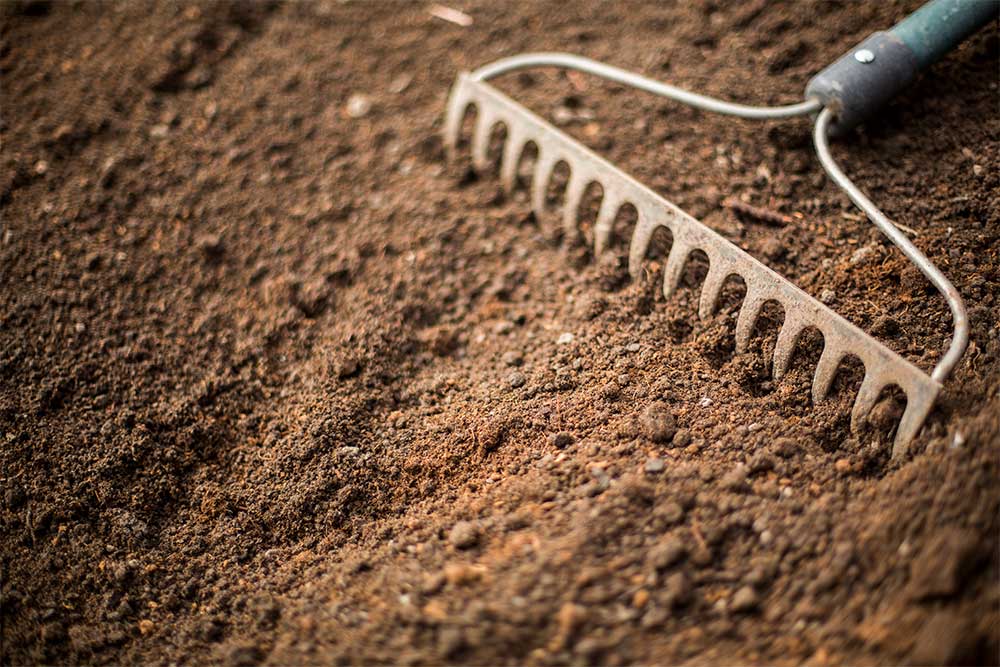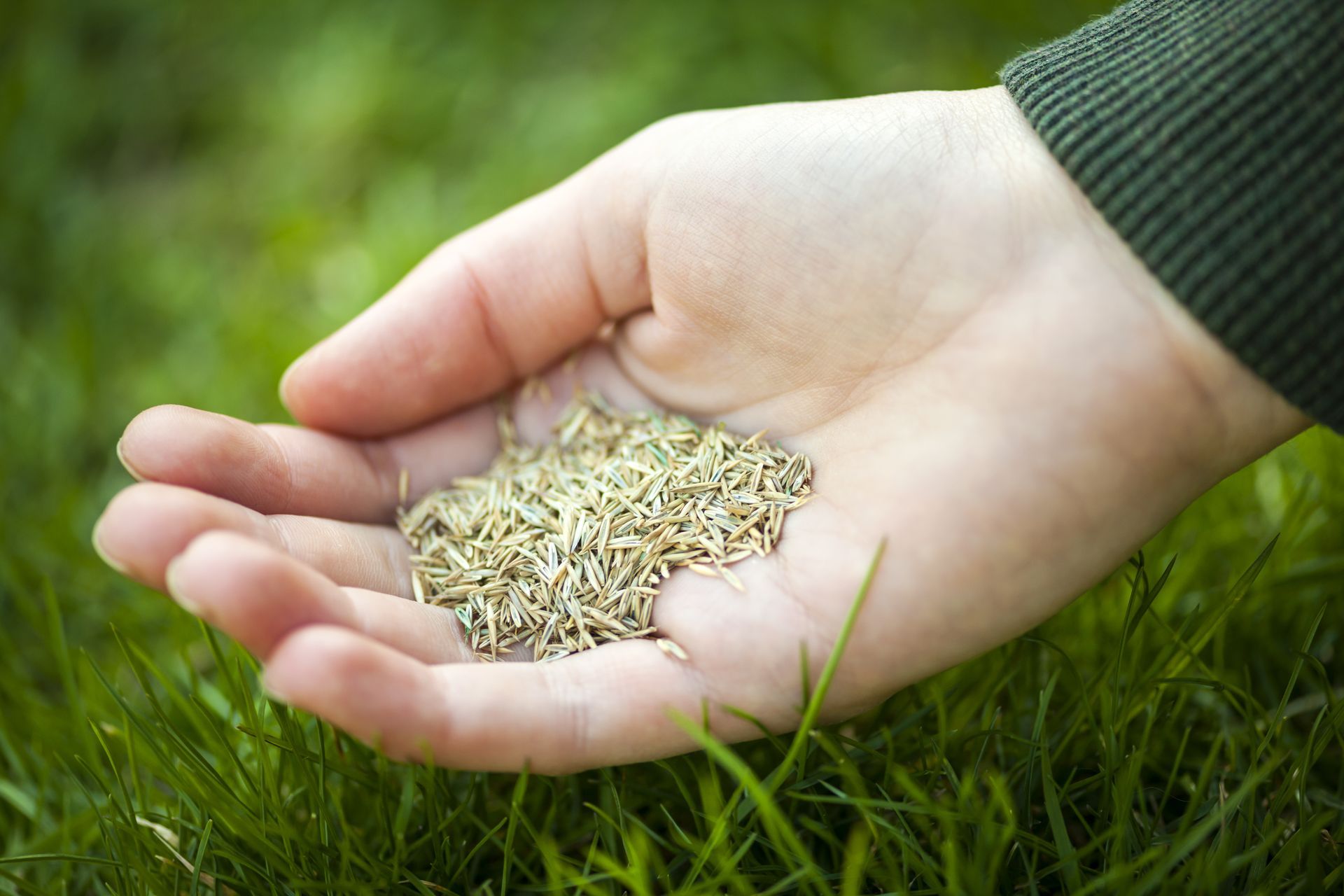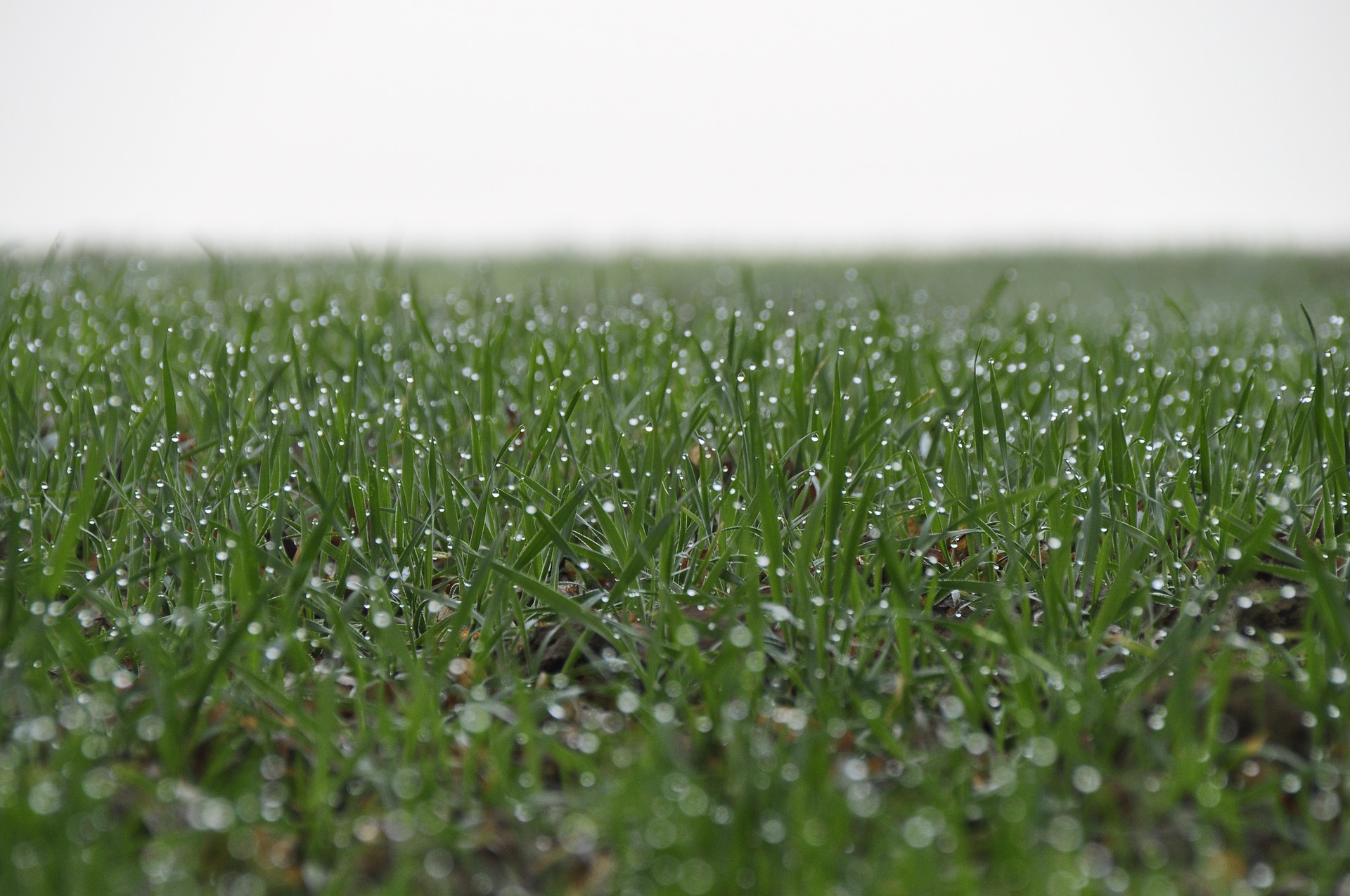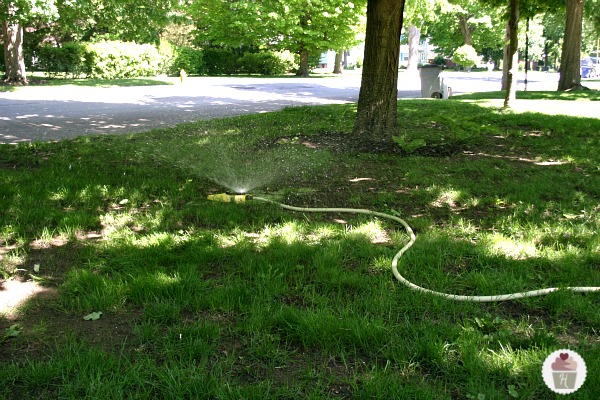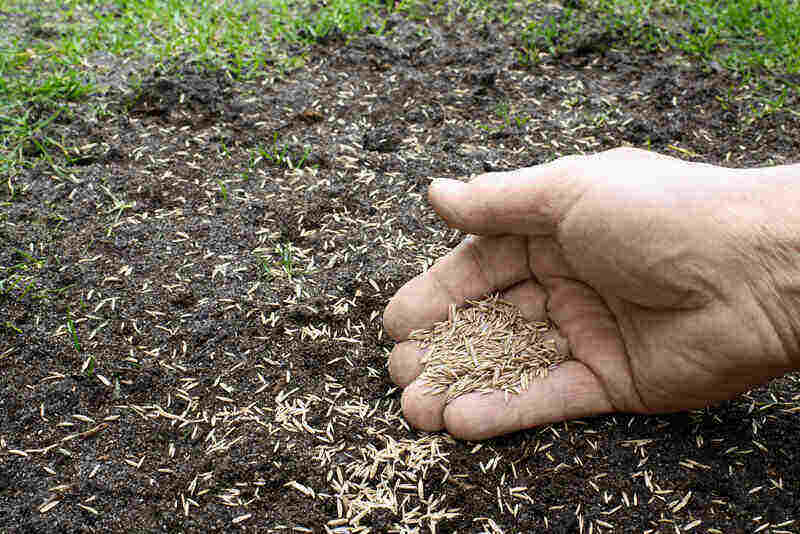Why Rainy Days Are Ideal for Seeding Your Lawn
When it comes to seeding grass in the rain, many homeowners are skeptical about the benefits. However, seeding in rainy weather can be a highly effective way to establish a lush, healthy lawn. One of the primary advantages of seeding grass in the rain is improved germination rates. When grass seeds are planted in dry soil, they may struggle to germinate due to a lack of moisture. In contrast, seeding grass in the rain provides the seeds with the necessary water to soften the seed coat and encourage germination, leading to faster establishment and a thicker, more robust lawn.
In addition to improved germination rates, seeding grass in the rain can also help to reduce soil erosion. When soil is dry and exposed, it can be easily washed or blown away, leading to soil loss and erosion. By seeding in the rain, the soil is already saturated, reducing the risk of erosion and allowing the new seedlings to take root more easily. Furthermore, the rain helps to increase seed-to-soil contact, which is essential for successful germination and establishment.
Seeding grass in the rain can also be a more efficient and cost-effective way to establish a lawn. When seeding in dry weather, it may be necessary to water the lawn frequently to keep the soil moist, which can be time-consuming and expensive. By seeding in the rain, the soil is already moist, reducing the need for frequent watering and saving time and resources. Overall, seeding grass in the rain can be a smart and effective way to achieve a lush, healthy lawn.
Preparing Your Lawn for Seeding in Rainy Conditions
Before seeding grass in the rain, it’s essential to prepare your lawn to ensure optimal germination and establishment. One of the most critical steps is to remove any debris, such as rocks, twigs, and leaves, that may be obstructing the soil. This will help to create a smooth, even surface for the new seedlings to grow. Additionally, removing debris will reduce the risk of washaway and puddling, common issues that can arise when seeding in wet weather.
Aerating the soil is another crucial step in preparing your lawn for seeding in the rain. Aerating helps to loosen compacted soil, improve drainage, and increase oxygen flow, all of which are essential for healthy seed germination and growth. You can use a lawn aerator or a fork to gently loosen the soil, taking care not to damage any existing grass or roots.
Applying a starter fertilizer is also an important step in preparing your lawn for seeding in the rain. A starter fertilizer provides essential nutrients, such as phosphorus and nitrogen, that help to promote healthy seed germination and establishment. Look for a fertilizer that is specifically formulated for new seedlings and follow the instructions carefully to avoid over-fertilizing.
By taking the time to properly prepare your lawn for seeding in the rain, you can set yourself up for success and ensure a lush, healthy lawn. Remember to remove debris, aerate the soil, and apply a starter fertilizer to create the ideal conditions for your new seedlings to thrive.
How to Choose the Right Grass Seed for Rainy Climates
When it comes to seeding grass in the rain, selecting the right grass species is crucial for success. Not all grasses are created equal, and some thrive in wet conditions better than others. Perennial ryegrass, tall fescue, and Kentucky bluegrass are three popular options that excel in rainy climates.
Perennial ryegrass is a fast-establishing grass that can germinate in as little as 3-5 days, making it an ideal choice for seeding grass in the rain. It’s also relatively inexpensive and can tolerate a wide range of soil types. However, it may require more maintenance than other species and can be prone to disease.
Tall fescue, on the other hand, is a drought-tolerant grass that can thrive in wet conditions. It’s a low-maintenance option that requires less watering and mowing than other species. Additionally, it’s resistant to many common lawn diseases and can tolerate a range of soil types.
Kentucky bluegrass is a dark-green, fine-textured grass that’s well-suited for lawns in rainy climates. It’s a slow-establishing grass that may take longer to germinate, but it’s worth the wait. It’s highly resistant to disease and can tolerate a range of soil types, making it a popular choice for seeding grass in the rain.
When selecting a grass seed, it’s essential to consider factors such as climate, soil type, and intended use. By choosing a grass species that thrives in wet conditions, you can set yourself up for success and enjoy a lush, healthy lawn even in the rainiest of weather.
The Best Techniques for Seeding Grass in the Rain
When it comes to seeding grass in the rain, the technique used can make all the difference in achieving a lush, healthy lawn. There are several methods to choose from, each with its own advantages and disadvantages. By understanding the best techniques for seeding grass in the rain, you can increase your chances of success and enjoy a beautiful lawn.
Broadcasting is a popular method for seeding grass in the rain. This involves spreading the seed evenly over the lawn using a spreader or by hand. Broadcasting is a quick and easy method, but it can be prone to washaway and may require multiple applications to achieve the desired density.
Slit seeding is another effective method for seeding grass in the rain. This involves creating small slits in the soil and then applying the seed directly into the slits. Slit seeding helps to increase seed-to-soil contact, reducing the risk of washaway and promoting healthy germination.
Hydroseeding is a more advanced method for seeding grass in the rain. This involves mixing the seed with a slurry of water and other ingredients, such as mulch and fertilizer, and then applying it to the lawn using a specialized machine. Hydroseeding is a highly effective method, but it can be more expensive than other techniques.
Regardless of the technique used, it’s essential to follow proper seeding rates and instructions to ensure the best results. Seeding grass in the rain requires careful planning and attention to detail, but with the right technique, you can achieve a lush, healthy lawn that will thrive in even the wettest of conditions.
By choosing the right technique for seeding grass in the rain, you can overcome common challenges and achieve a beautiful, lush lawn. Whether you’re a seasoned landscaper or a DIY enthusiast, understanding the best techniques for seeding grass in the rain can help you achieve success and enjoy a healthy, thriving lawn.
Overcoming Common Challenges When Seeding in Wet Weather
Seeding grass in the rain can be a challenging task, and it’s essential to be aware of the common issues that may arise. By understanding these challenges, you can take steps to overcome them and ensure a successful seeding process.
One of the most common challenges when seeding grass in the rain is washaway. This occurs when the seed is washed away by heavy rainfall or irrigation, resulting in uneven germination and poor seedling establishment. To overcome washaway, it’s essential to use a starter fertilizer that helps to anchor the seed in place and promotes healthy germination.
Puddling is another issue that can arise when seeding grass in the rain. This occurs when the soil becomes waterlogged, causing the seed to rot or germinate unevenly. To prevent puddling, it’s essential to ensure good drainage and aeration of the soil before seeding. This can be achieved by aerating the soil and applying a soil conditioner to improve its structure.
Soil compaction is another challenge that can occur when seeding grass in the rain. This occurs when the soil becomes compacted due to heavy foot or vehicle traffic, preventing the seed from germinating properly. To prevent soil compaction, it’s essential to limit traffic on the lawn during the seeding process and use a lawn aerator to loosen the soil.
By being aware of these common challenges and taking steps to overcome them, you can ensure a successful seeding process and achieve a lush, healthy lawn. Seeding grass in the rain requires careful planning and attention to detail, but with the right techniques and strategies, you can overcome any obstacles and achieve a beautiful lawn.
Remember, seeding grass in the rain can be a rewarding experience, and with the right knowledge and techniques, you can achieve a lush, healthy lawn that will thrive in even the wettest of conditions. By understanding the common challenges that may arise and taking steps to overcome them, you can ensure a successful seeding process and enjoy a beautiful lawn for years to come.
Nurturing Your Newly Seeded Lawn in Rainy Conditions
After seeding grass in the rain, it’s essential to provide proper care to ensure healthy germination and establishment. By following the right techniques, you can nurture your newly seeded lawn and achieve a lush, healthy appearance.
Proper watering is crucial when caring for a newly seeded lawn in rainy conditions. It’s essential to keep the soil consistently moist, but not waterlogged, to promote healthy germination. Aim to provide about 1-2 inches of water per week, either through rainfall or irrigation.
Mowing is another critical aspect of caring for a newly seeded lawn in the rain. It’s essential to maintain a regular mowing schedule to promote healthy growth and prevent weed competition. However, be sure to wait until the new seedlings have reached a height of at least 3-4 inches before mowing for the first time.
Fertilization is also important when caring for a newly seeded lawn in rainy conditions. A starter fertilizer can provide essential nutrients for healthy germination and establishment. Apply a balanced fertilizer (e.g., 10-10-10 N-P-K) at the recommended rate, and avoid over-fertilizing, which can damage the new seedlings.
In addition to proper watering, mowing, and fertilization, it’s essential to monitor your newly seeded lawn for signs of disease or pest infestation. Regularly inspect your lawn for signs of trouble, and take action promptly if you notice any issues.
By following these tips, you can provide the necessary care for your newly seeded lawn in rainy conditions and achieve a lush, healthy appearance. Seeding grass in the rain can be a rewarding experience, and with the right care and attention, you can enjoy a beautiful lawn for years to come.
Timing Is Everything: When to Seed Your Lawn in the Rain
When it comes to seeding grass in the rain, timing is crucial. Seeding at the right time can make all the difference in achieving a lush, healthy lawn. So, when is the best time to seed your lawn in the rain?
In general, the best time to seed your lawn in the rain is during the spring or fall seasons. These seasons offer optimal weather conditions for seeding, with mild temperatures and ample moisture. During these periods, the soil is typically cooler and more receptive to seeding, allowing for better germination and establishment.
In the spring, seeding can take place as soon as the soil can be worked, usually around late March or early April. This allows the new seedlings to establish themselves before the heat of summer sets in. In the fall, seeding can occur about 8-10 weeks before the first frost, usually around late August or early September. This allows the new seedlings to mature before the winter months.
In addition to the time of year, it’s also important to consider the weather conditions when seeding grass in the rain. Look for periods of light to moderate rainfall, with temperatures ranging from 50°F to 75°F (10°C to 24°C). Avoid seeding during heavy rainfall or extreme weather conditions, as this can lead to washaway or poor germination.
By seeding your lawn in the rain at the right time, you can take advantage of the natural benefits of rainfall and set your lawn up for success. Remember, seeding grass in the rain requires careful planning and attention to detail, but with the right timing, you can achieve a lush, healthy lawn that will thrive in even the wettest of conditions.
Conclusion: Seeding Grass in the Rain for a Lush, Healthy Lawn
Seeding grass in the rain can be a highly effective way to establish a lush, healthy lawn. By understanding the benefits of seeding in wet weather, preparing your lawn properly, choosing the right grass seed, and using the best techniques, you can set your lawn up for success. Additionally, by nurturing your newly seeded lawn in rainy conditions and timing your seeding correctly, you can ensure optimal germination and establishment.
Remember, seeding grass in the rain offers a range of advantages, including improved germination rates, reduced soil erosion, and increased seed-to-soil contact. By following the tips and best practices outlined in this article, you can take advantage of these benefits and create a beautiful, thriving lawn that will withstand even the wettest of conditions.
So why not give seeding grass in the rain a try? With the right approach and a little patience, you can achieve a stunning lawn that will be the envy of your neighbors. Don’t let rainy weather hold you back – use it to your advantage and start seeding grass in the rain today!



